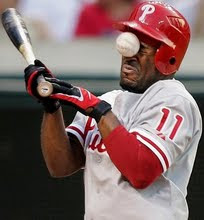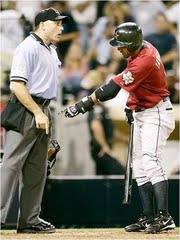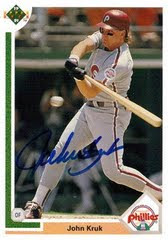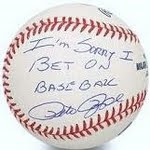Among the data, Fangraphs determined that:
"Franklin was the only pitcher with six pitches and 28 pitchers had five pitches qualify. Tradition has most starters throwing 3-4 pitches and most relievers having one or two. Tradition holds true here. 119 pitchers had four pitches qualify, 134 had three, and 39 had two. Franklin failed to make a start over the last three years meanwhile pitchers with 5 pitches saw 64% of their games come as starters, 60.2% for four pitch qualifiers, 32.2% for three pitches, and 11.7% for two pitches."Very cool stuff. The article also presents the following chart, breaking pitchers into groupings based on how many pitches they have (a pitch qualifies if thrown >5% of the time):

Things to note:
o Pitchers who have less pitches seem to strike out more batters than pitchers with more pitches.
o Taking Ryan Franklin's numbers (sample size) out of the equation, it seems that there is a somewhat negligible difference in both walk rates and BABIP (although BABIP, for pitchers, has been proven to largely be the result of luck/statistical noise, not skill) between pitchers based on how many pitches they throw.
o Both HR/9 rates and FIP seem to improve as the of pitches a pitcher throws declines
What these three observations seems to indicate is that despite a "clear advantage in game theory" among pitchers with more pitches, pitchers who refine and maximize what they are best at seem to succeed more than pitchers who simply have more options at their disposal.
Finally, with regard to the chart, Fangraphs poses the following question:
"Are the relievers skewing the two and three pitch numbers?"They plan to answer it tomorrow.







0 comments:
Post a Comment